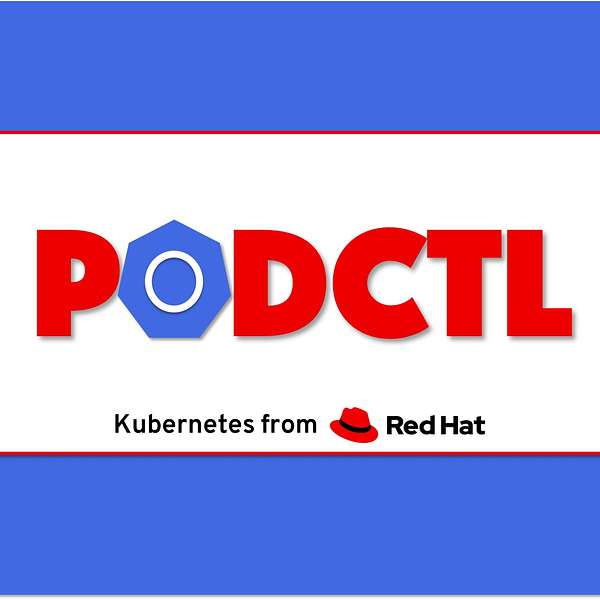
PodCTL - Enterprise Kubernetes
PodCTL - Enterprise Kubernetes
Kubernetes as the New Application Server
Show: 55
Overview: Brian and Tyler talk about how existing application developers and PlatformOps teams can map existing applications and framework services into a more distributed set of services that run in containers on Kubernetes and OpenShift.
Show Notes:
- Why Kubernetes is the New Application Server (blog)
- Kubernetes: Your Next Java Application Server (video and demo from @burrsutter)
We mentioned last week that we’re moving into the 3rd Era of Kubernetes (automated ops, automated apps), with the 2nd Era being about getting a broader set of applications on Kubernetes. Today we thought we’d talk about some design patterns, especially for anyone that’s transitioning from existing applications, and how some of those concepts map to the evolving Kubernetes eco-system.
Topic 1 - At the core of this statement about “Kubernetes is the New Application Server” is three things:
- Some explanation about why containers are a useful packaging mechanism to avoid the difference between developer environments and production environments (package dependencies, etc.)
- How to mentally map between the more monolithic frameworks that are widely used today, and more distributed concepts that align more with Kubernetes and containers.
- Even within a language like Java, there are now variants (JakartaEE, Microprofile, Node, SpringBoot, etc.) and developers might not want to embed all functionality within the application, if it can be offloaded to platform services.
Topic 2 - It walks through the 10 elements that either map to Kubernetes, an OpenShift service, or emerging functionality in Istio (or maybe Knative)
- Discover (Service Discovery)
- Invocation of the Application
- Elasticity / Scaling
- Resilience
- CI/CD Pipeline Integration
- Authentication
- Logging
- API Mgmt and Integrations
Feedback?
Email: PodCTL at gmail dot com
Twitter: @PodCTL
Web: http://podctl.com